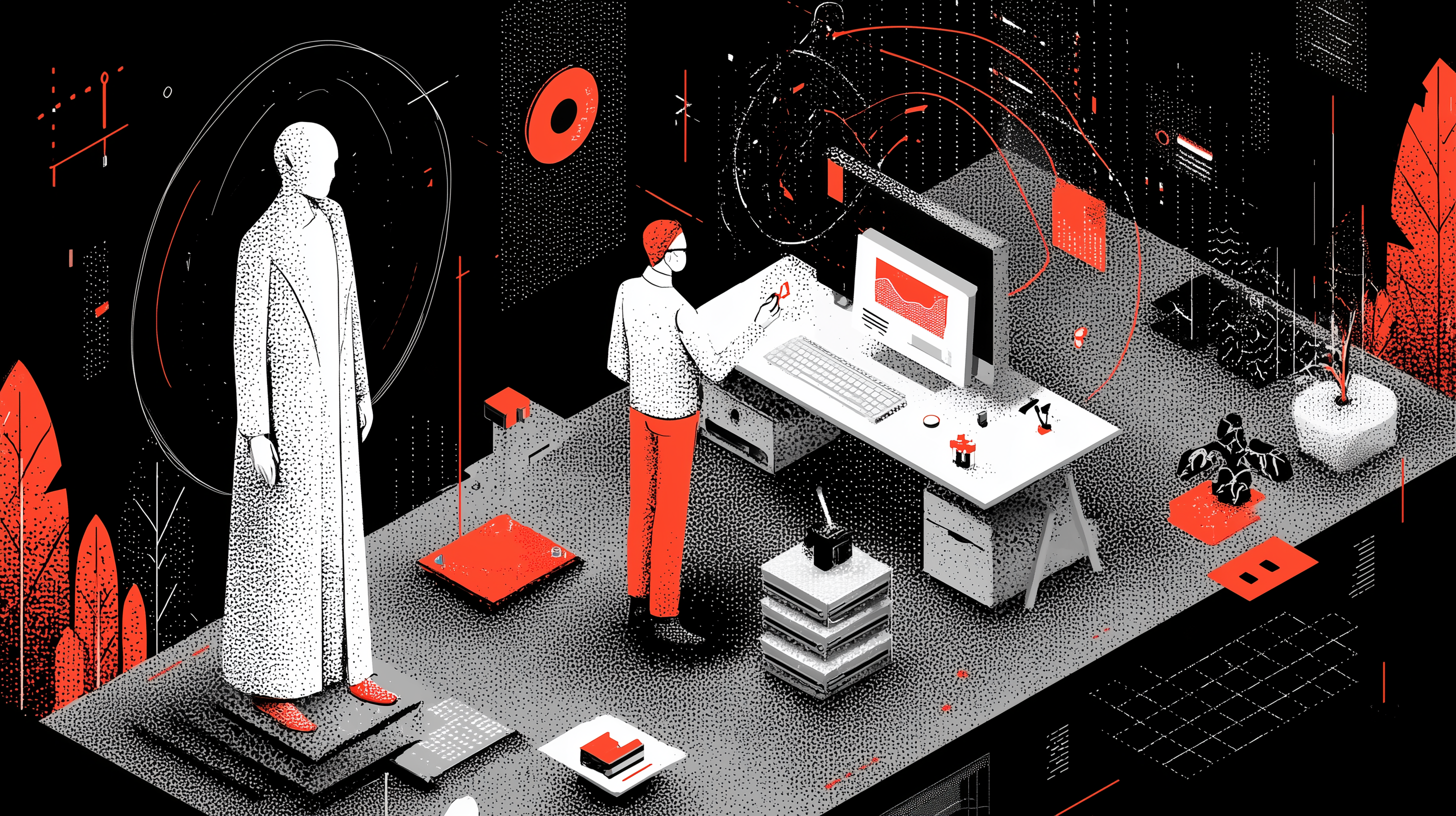5 areas of marketing where automation saves (and loses) time

Discover 5 Marketing Domains Where Automation with AI and Collaborative Workflows Can Save Time… or Waste It
Why Marketing Automation and AI Are Now Essential
Marketing automation, powered by advances in artificial intelligence (AI), has become a key pillar of team performance.
According to McKinsey & Company, some operational functions could achieve up to a 30% reduction in costs or repetitive work hours through large-scale automation.
But behind this promise of efficiency lies a more nuanced reality: over-automation, loss of control, and reduced authenticity.
This article explores five marketing domains where automation truly saves time — and others where it paradoxically wastes it.
What Is Marketing Automation?
Marketing automation uses technology, often supported by applied AI to execute marketing tasks without constant human supervision: email campaigns, social posts, lead scoring, reports, and more.
In a collaborative environment, these tools connect with platforms like MTM: a creative project collaboration platform that centralizes assets, manages versioning and approvals, and streamlines feedback without automating the marketing actions themselves.
Email Marketing: The Historical Core of Automation
Saving time with automated workflows
Trusted platforms like HubSpot allow marketers to create automated email sequences based on user behavior (sign-up, click, purchase).
The result: greater consistency and a significant reduction in manual effort.
When it wastes time
Automation becomes counterproductive when workflows are overly complex. Teams end up spending more time troubleshooting triggers than improving message quality.
Best practices
- Simplify automation scenarios
- Monitor segmentation and triggers carefully
- Keep human oversight on personalization
Social Media Management: The False Promise of “Fully Automated”
The gain: consistency and scheduling
Tools like Hootsuite or Buffer streamline multi-platform scheduling, helping maintain a consistent presence while reducing daily operational load.
The loss: artificial engagement
Automating replies or interactions can harm authenticity.
According to the Sprout Social Index 2023, 70% of consumers expect personalized responses from brands when reaching out on social media.
Best practices
- Automate scheduling, not conversations
- Reserve time for human interaction and community management
Lead Management and Automated Scoring
The gain: prioritizing high-potential leads
Intelligent CRM tools such as Salesforce or HubSpot CRM assign scores to leads based on their actions and behaviors, helping sales teams focus on the most promising prospects.
The loss: biased or inaccurate data
Poorly configured scoring models can misdirect efforts toward inactive leads.
A study by Ascend2 (2021) found that 54% of marketers don’t fully leverage their automation tools, reducing confidence in automated scoring systems.
Best practices
- Regularly clean CRM data
- Combine automated scoring with manual validation
- Adjust criteria based on sales feedback
Content Production: AI as an Accelerator (Not a Replacement)
The gain: faster creation and personalization
Generative AI tools such as ChatGPT or Jasper can draft articles, scripts, or posts in seconds.
Teams save time during ideation and pre-production phases.
The loss: uniformity and revision overload
Without human editing, AI-generated content can lack tone, precision, or originality often resulting in longer approval cycles.
Best practices
- Use AI for first drafts, not final versions
- Always include structured human review
- Centralize revisions and feedback using a collaborative platform like MTM
Reporting and Analytics: Useful Dashboards… When Done Right
The gain: real-time consolidation and insight
Analytics tools such as Google Analytics 4, Tableau, and Microsoft Power BI unify data across channels (SEO, email, social).
This automation significantly cuts down on manual reporting time.
The loss: data overload
Too much automation can create dashboards cluttered with non-actionable metrics.
According to The KPI Institute, 68% of companies that implemented KPI tracking strategies reported performance improvement — emphasizing the need for focused, well-designed dashboards.
Best practices
- Focus on a small set of key, actionable metrics
- Integrate automated reports into collaborative workflows for clarity and alignment
Conclusion: Automation Works When Applied Wisely
Marketing automation, supported by applied AI, is transforming how teams plan, create, and measure.
It saves time when used strategically, but wastes it when it replaces human judgment.
Collaborative platforms like MTM complement automation by enhancing coordination, validation, and creative visibility — not replacing human expertise.
“There is nothing so useless as doing efficiently that which should not be done at all.”
— Peter Drucker, The Effective Executive (1967)
FAQ: Marketing Automation and Applied AI
1. What are the best marketing automation tools?
Leading solutions include HubSpot, Salesforce Marketing Cloud, Adobe Marketo, and Google Analytics 4.
2. Can AI replace marketers?
No. AI automates repetitive tasks, but strategy, creativity, and empathy remain human.
3. What are the main risks of over-automation?
Loss of authenticity, undetected errors, biased data, and lack of human oversight.
4. How do I choose the right automation software?
Look for a system that integrates CRM, offers customizable workflows, and provides clear analytics.
5. Is automation suitable for small businesses?
Yes, as long as they start small — automating repetitive, low-risk tasks like email campaigns or reporting.
Sources
- McKinsey & Company – Automation at Scale: The Benefits for Payers (2019)
- Sprout Social Index 2023
- Ascend2 – The State of Marketing Automation Survey (2021)
- The KPI Institute – KPI Dashboards: A Comprehensive Guide (2023)
- [Peter Drucker – The Effective Executive (1967)]
Other Posts

Where should applied ai intervene to maximize the impact of marketing campaigns ?

How AI agentizes market data to write strategic pre-creation recommendations.

